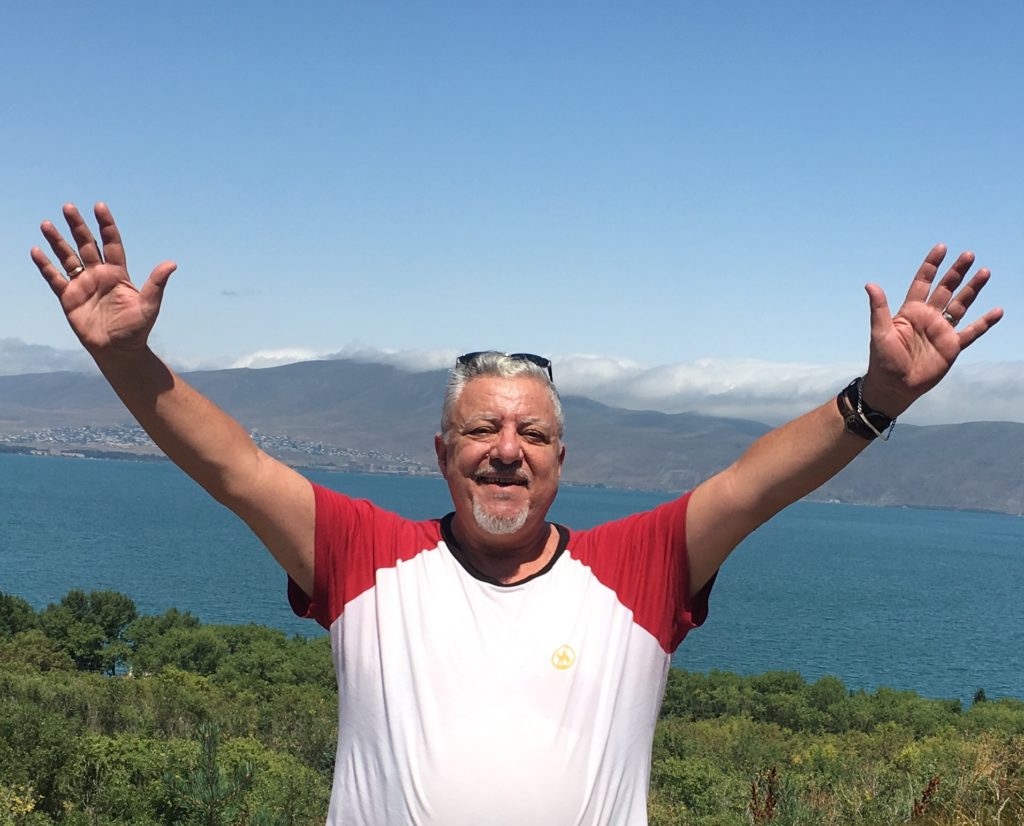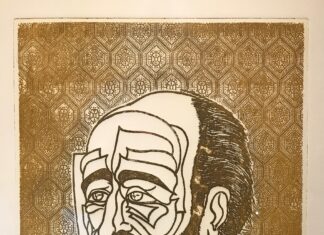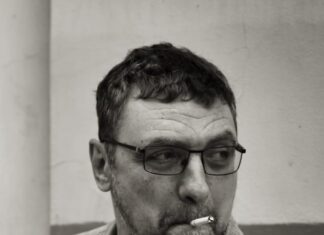By Artsvi Bakhchinyan
Special to the Mirror-Spectator
YEREVAN – My research interests, focused mainly on Armenians in various countries and cultures, are quite varied. At one point during my many years of investigation, I met a person intersecting a number of aspects of my research interests. Actor, director, dancer and playwright, Edwin Gérard is an exemplar of multi-talented people with colorful backgrounds and biographies incorporating several spheres of activities, countries, cultures and languages. After more than ten years of correspondence, we met during Edwin’s first visit to Armenia.
Artsvi Bakhchinyan: Edwin Gerard… is this a stage name?
Edwin Gérard: I was born Vartan Hamamdjian, but my father changed our name to Gérard when I was 6 years old. Nevertheless, I do speak Western Armenian. I was born in 1948 and am currently living in France.
Artsvi Bakhchinyan: I always admire polyglots. When I introduced you to an acquaintance of mine – an Armenian lady from Russia with poor knowledge of Armenian, you found a common language with her, which was paradoxically… Chinese. For me it was an amazing moment – two Armenians, one from Russia and one from France, meet in the country of their ancestors and communicate in Chinese. How many languages do you speak?











